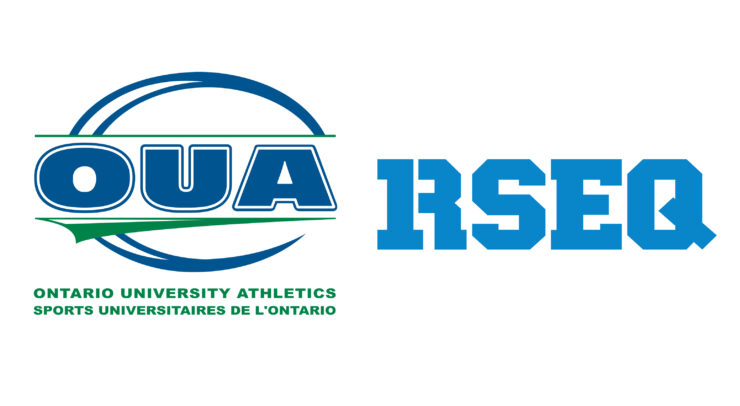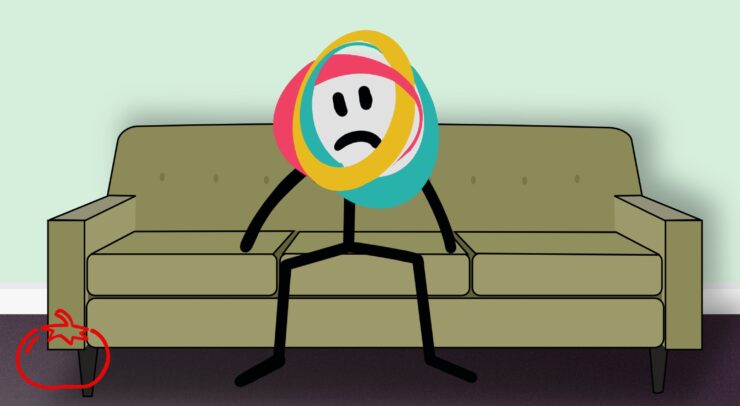Tim Lee lecture urges creation of art to address the public
On Sept. 12, Vancouver-based contemporary artist Tim Lee visited the University of Ottawa campus to share his experience with the creative process of making new artwork, and to show off his past works to the audience. In the hour-long lecture, Lee discussed everything from the inspirations that led to his pieces, to what those works encompassed, and how they contribute to the world of modern art.
Most of Lee’s artwork is focused on re-creating other artists’ representations of iconic figures in popular culture—but, Lee brings them to light in a modernized form by incorporating irregularities from the originals.
These imperfections are what, he believes, make his work unique, and represents a modern approach to critiquing the complex ideas and thoughts of the original artist’s work. “If my work was perfect, if it was seamless, then it just wouldn’t be interesting,” Lee said.
Lee expressed the importance he felt in the disjunction of genre when creating his pieces—none of the artists that he drew from were similar to one another, and he intentionally kept himself as the star in his own music-oriented pieces. According to Lee, it was this disjunction that kept his work interesting and unique to both himself, and his audience.
The audience was comprised of U of O students and community members alike who attended for a myriad of reasons. Fifth-year art history and Indigenous studies student, Robin Marshall, said “I came out today to learn more about the artist, the work he does, and why he does it.”
Whereas, for Nic Cooper, a first-year master of fine arts student at the U of O, it was Lee’s past works that brought her out. “I wanted to take a more intimate look at his artwork,” she explained. Some of the works that Lee shared at the lecture are examples of recreations classics like Aleksandr Rodchenko’s “The Building on Myasnitskaya Street” (1928), and Glenn Gould’s Bach’s musical piece, “Goldberg Variations (1981)—which Lee named “Untitled” (2008), and “Goldberg Variations” (2008), respectively.
When asked about the inspirations that led him to pursuing art as a career, Lee told the Fulcrum that “(he) was interested in art history, the artist route, and social artists, and writing about art. (He also) realized that there was another half of this history, which was art performance.”
However, it wasn’t until later on that Lee began to make his own mark in the arts industry. He believed that expressing thoughts and feelings through mediums of art helped to “make the world more available.”
For aspiring artists at U of O, Lee challenged them to think about asking themselves a question—“how do you make your work so that…(it) addresses itself to the public in ways that couldn’t be done in other forms?”
By re-creating artwork, and adding imperfections, Lee seeks to add new meaning to the creation. “Whether you’re in medical school studying art, or whether you’re in politics studying art, the idea of art is that it extends our discourses as citizens.”





